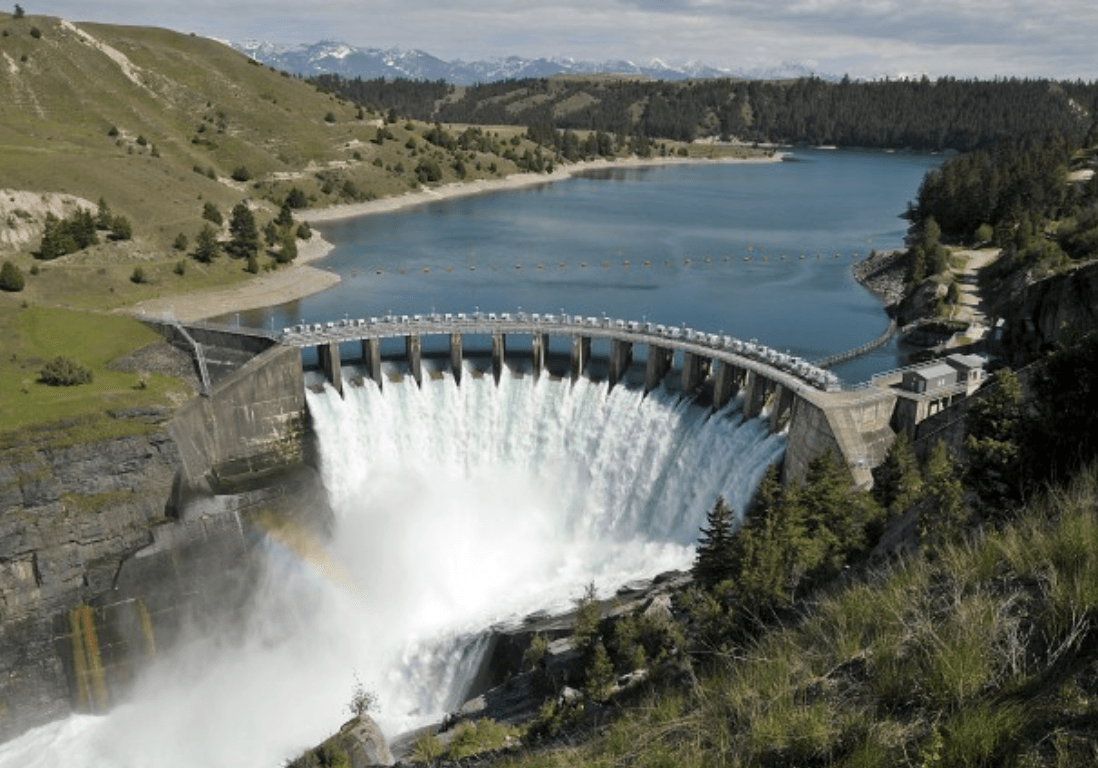Objectives:
- To understand that there are different methods to store energy in a system.
- Anything that has a the of energy is said to have a store of that type of energy
 Energy can be stored in a variety of ways, the obvious being in a battery or in food? Both of these contain chemical potential energy;
Energy can be stored in a variety of ways, the obvious being in a battery or in food? Both of these contain chemical potential energy;
- a battery in the form of acid which forms a chemical reaction and releases charges to go around the circuit
- as we digest food, the energy it contains can
 go in to us and is then used as fuel, we use this fuel to maintain body temperature, to breath, move and even think
go in to us and is then used as fuel, we use this fuel to maintain body temperature, to breath, move and even think
Energy can also be stored in other ways, in fact we say that when an object has a type of energy, that the energy is contained in its ‘energy stores’. For example, a car driving along the motor way will have energy in its kinetic energy stores. If it drives up a hill it is storing energy in its gravitational potential energy stores.
Although some of these stores may at first thought seem unimportant, they can be used for all sorts of useful things. Can you think of where a store of gravitational potential energy could be useful in real life?
Dams contain contain huge amounts of water behind their walls. As more and more water flood in to a dam the water level rises (until the water is released down the other side). This rise in water is a store of energy in the waters gravitational potential energy stores. When the water flows down the other side it can turn a turbine which can run a generator which can ultimately create electricity. The gravitational potential energy stores can be converted into electrical energy!
 Energy can be stored in other areas too…
Energy can be stored in other areas too…
Elastic potential energy – the stretching or compressing of a spring, of system of particles
Light energy – Allows us to see but also enables solar panels to produce electricity
T hermal energy – If an object can store thermal energy you may be able to get it to release that energy and keep you warm. Thermal energy is usually a product of an inefficient system and as a result is wasted energy, but we want thermal energy to heat up water to make a nice cup of tea or hot chocolate! The amount of energy stored in the thermal energy stores is the focus of the next set of lesson notes. Earth has a huge store of thermal energy in its core – humans can harness this by flowing water towards it, which heat up, turn to steam and can rise and turn a turbine!
hermal energy – If an object can store thermal energy you may be able to get it to release that energy and keep you warm. Thermal energy is usually a product of an inefficient system and as a result is wasted energy, but we want thermal energy to heat up water to make a nice cup of tea or hot chocolate! The amount of energy stored in the thermal energy stores is the focus of the next set of lesson notes. Earth has a huge store of thermal energy in its core – humans can harness this by flowing water towards it, which heat up, turn to steam and can rise and turn a turbine!
Nuclear energy – Energy is actually stored within the nucleus of most atoms, scientists are trying to harness this energy to fuel our future, they have achieved these by a method called fission but are working on an even more effective method known as fusion (both of which you will learn about later in your GCSE).
Electrical energy – Electrical energy is usually a flow of charges that transfer energy from a battery for example to a light bulb, this energy can be stored in devices like batteries (rechargeable ones) or capacitors.
Magnetic energy – A bar magnet, also known as a permanent magnet has all of its atoms arranged in a certain way, this then creates a magnetic field. These magnetic fields are a store of energy which can be used to push or pull other magnets that come into proximity of it.
Energy allows us to make calculations to determine whether or not something could happen. It is simply a mathematical concept and does not make things happen.
Previous pages have shown the equations that allow us to calculate how much energy is stored in a system:
$latex E_{e} = 0.5ke^{2}
The concept of energy being stored allows us to determine how much energy may be transferred from one location to another, or from one type of system to another one.
Why is this important?
The human population is growing, it is advancing and technology is increasing around us all the time at an increasing rate. But where is this energy coming from, how much do we need and will we always have that supply of energy?
Well the energy has come from the chemical potential energy stores within fossil fuels but scientists and governments from numerous countries have identified the negative impact that releasing this type of energy has on our environment. We have therefore turned to nuclear fuels and renewables fuels.
If we know how much electrical energy we need to fuel the nation, we can work backwards to determine how much energy we need to obtain from these nuclear power stations, wind turbines, solar panels etc, The government can also decide how many of these plants they will need to construct – too few and we won’t have enough to charge our electronic devices and too many would mean that tax payers won’t be happy!
Further reading:
-
Teaching Energy – The ‘New’ Approach with Stores and Pathways – https://www.neilatkin.com/2016/06/09/teaching-energy-new-approach/
-
Bitesize – https://www.bbc.com/bitesize/guides/z8hsrwx/revision/1


You must be logged in to post a comment.